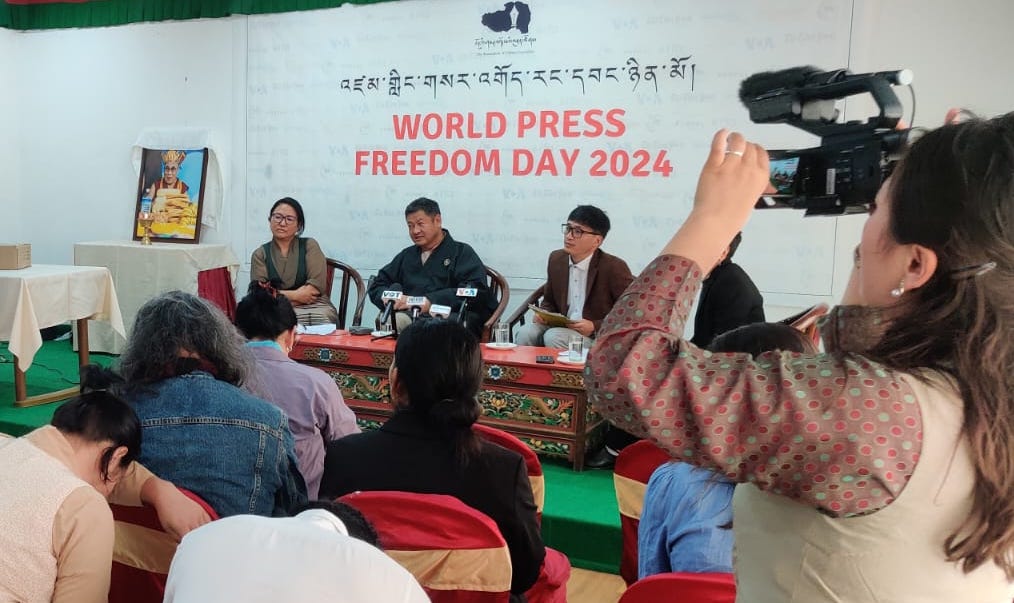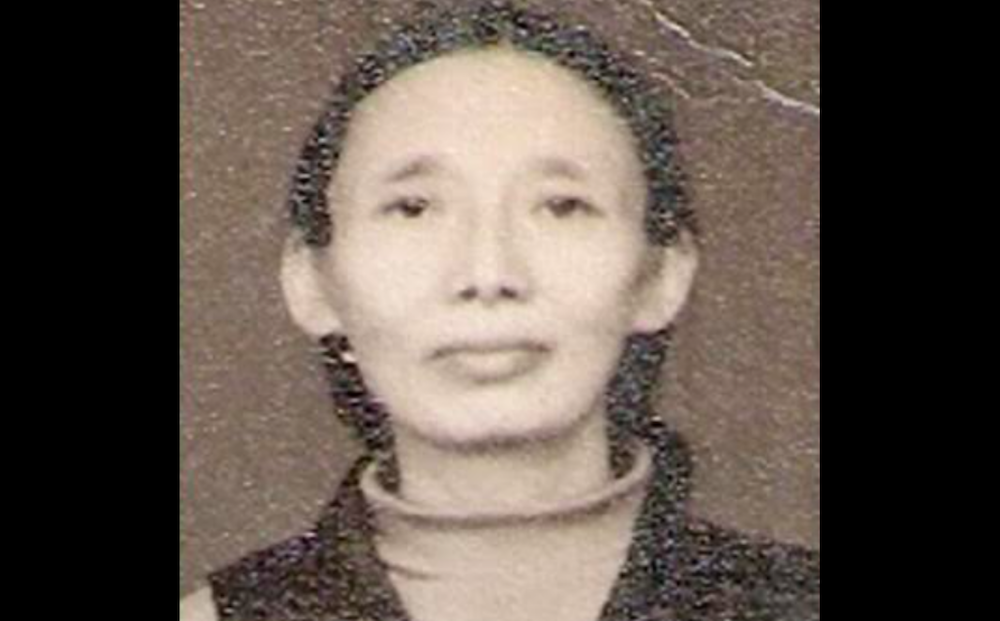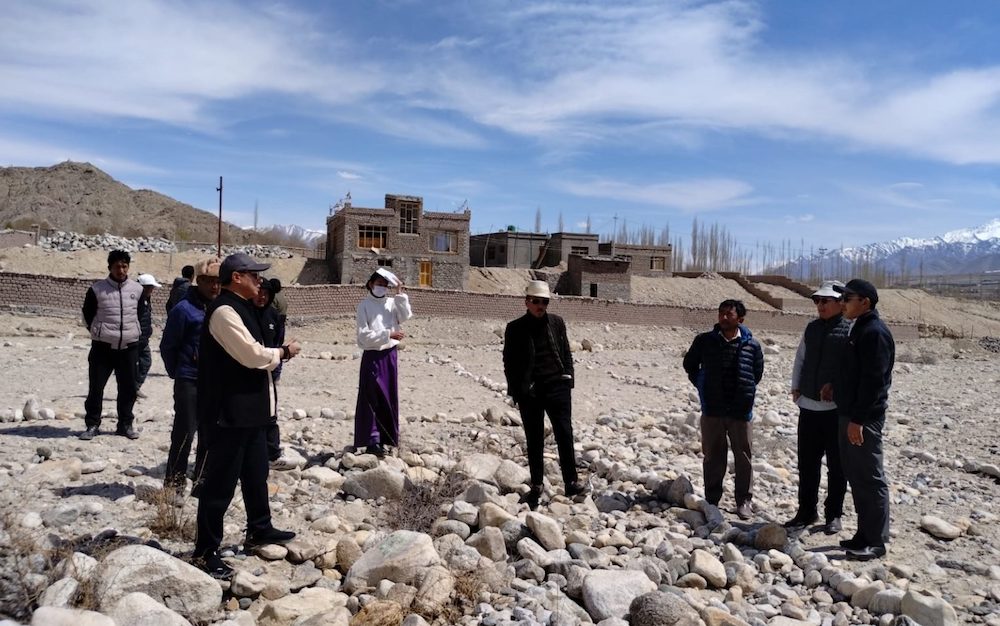The political situation in the town of Kardze (Chinese: Ganzi) and surrounding areas is still tense following a crackdown on security and at least 20 detentions relating to long life prayer ceremonies for the Dalai Lama held in the town and surrounding villages in Kardze Tibet Autonomous Prefecture in Sichuan in autumn 2002. Reports from the region indicate that at least seven Tibetans are serving prison sentences for involvement in one of the prayer ceremonies dedicated to the Dalai Lama last year, while others are in hiding or have left the area and are frightened to return to their families for fear of being detained. There are concerns for the welfare of Tibetans currently in prison following reports of maltreatment after their detention.
The detentions followed an investigation by the authorities into prayer ceremonies that took place in the area during Losar (Tibetan New Year) in February 2002. According to eyewitness reports received by the International Campaign for Tibet, several hundred People’s Liberation Army troops arrived in Kardze and surrounding villages from 17 – 24 October 2002, and local police also set up checkpoints on all of the roads into and out of Kandze. Prayer ceremonies had taken place in the area before but these ceremonies, sparked by Tibetans’ fears over the Dalai Lama’s health after he had been forced to cancel a Kalachakra ceremony a month before in Bodh Gaya, India, due to sickness, were more high-profile and were even filmed on video. The videos later provided evidence for the authorities in the buildup to the arrests of Tibetans who attended the ceremonies. A Tibetan who has just returned from the area said: ‘The crackdown last year has completely changed the situation in the area. Since the prayer ceremonies, people have been very scared. Several Tibetan families are left without a breadwinner because young men have been taken to prison or have had to leave. Normally you see many retired people doing the kora (pilgrimage circuit) around the temples but now you don’t see this as much because people are so scared. These elderly people are not involved in political activities, they just want to carry on their religious practice.’
The monastery at Kardze has been singled out for particular attention by the authorities after monks there participated in the prayer ceremony; security police visit regularly and severe restrictions were imposed on numbers of people attending this year’s Losar ceremony. Even despite the tense political atmosphere, isolated acts of dissent are still occurring in Kardze, such as the pasting of pro-independence posters.
The recent security crackdown represents a further intensification of stringent security policies in place since hundreds of Tibetans took to the streets In October 2001 to protest against the detention of Sonam Phuntsog, a well-known scholar and popular Tibetan language teacher in his forties. Sonam Phuntsog’s arrest appears to have been linked to the authorities’ concern over his influence in the area and his apparent loyalty to the Dalai Lama; he is reportedly being held in Ngaba prison in Maowun county (Chinese: Maoxian) in Ngaba (Chinese: Aba) Tibetan and Qiang Autonomous Prefecture, serving a five year sentence.
Tibetans with links or suspected links to Sonam Phuntsog are now monitored by the local authorities in Kardze. One Tibetan from the area who is now in exile linked a ceremony carried out by Sonam Phuntsog to the more recent religious activity in the area, telling the International Campaign for Tibet: ‘Since the initiation of a long life puja [ceremony] by Sonam Phuntsog and his consequent arrest, still the urge to carry out that puja has been very alive in the people. The enthusiasm and urgency was refuelled after a Tibetan who returned from exile reported that owing to health reasons His Holiness could not give the Kalachakra initiation [January2002].’ Several prayer ceremonies were arranged in Kardze town and in neighbouring villages, presided over by monks and nuns and attended by lay people. Each village community sponsored the ceremony, with contributions from local families.
According to reliable reports from the area, at least 20 Tibetans were imprisoned for either attending the ceremonies, using their premises to hold the ceremonies or being involved in the organisation of the ceremonies. Namgyal Choephel, a farmer is in his mid-thirties, is being held in Kardze serving three years. Jampa Zangpo, a farmer in his late thirties who was a well-known figure in the local community, and 55-year old Dorje Phuntsog, a senior figure in his village of Shenyin who works in Kardze as a mechanic, are also reportedly imprisoned in Kardze. The two people involved in videoing the main ceremony in Kardze town are also reportedly in prison. (Further details of detainees will be provided in a later report.) An unconfirmed number of Tibetans were temporarily detained for questioning after the ceremonies, and some of them severely beaten. The detainees still in prison were beaten and kicked following their arrests; one report indicates that the physical maltreatment was carried out by People’s Liberation Army troops rather than local police.
Tibetans in Kardze have gained a reputation for their strong stance in preserving their cultural and religious identity, as well as political volatility, since people in the local area were involved in fierce resistance against the Chinese in the 1950s. In their CD-Rom Tibet Outside the TAR (TOTAR, 1997), Steven Marshall and Susette Cooke write: ’Kardze has paid for its hostility to the Chinese occupation by official neglect and particularly repressive local security forces. Its defiant cultural stance is the strongest, and only, response it can make under the current circumstances. Chinese immigration and commercial development are infiltrating, resource exploitation continues, but Tibetan resistance is stronger here than in many county towns, in a tangible spirit as well as concrete manifestations in architecture, dress and religious expression.’
This is one in a series of independent reports by Kate Saunders commissioned by the Australia Tibet Council, Free Tibet Campaign and the International Campaign for Tibet.









